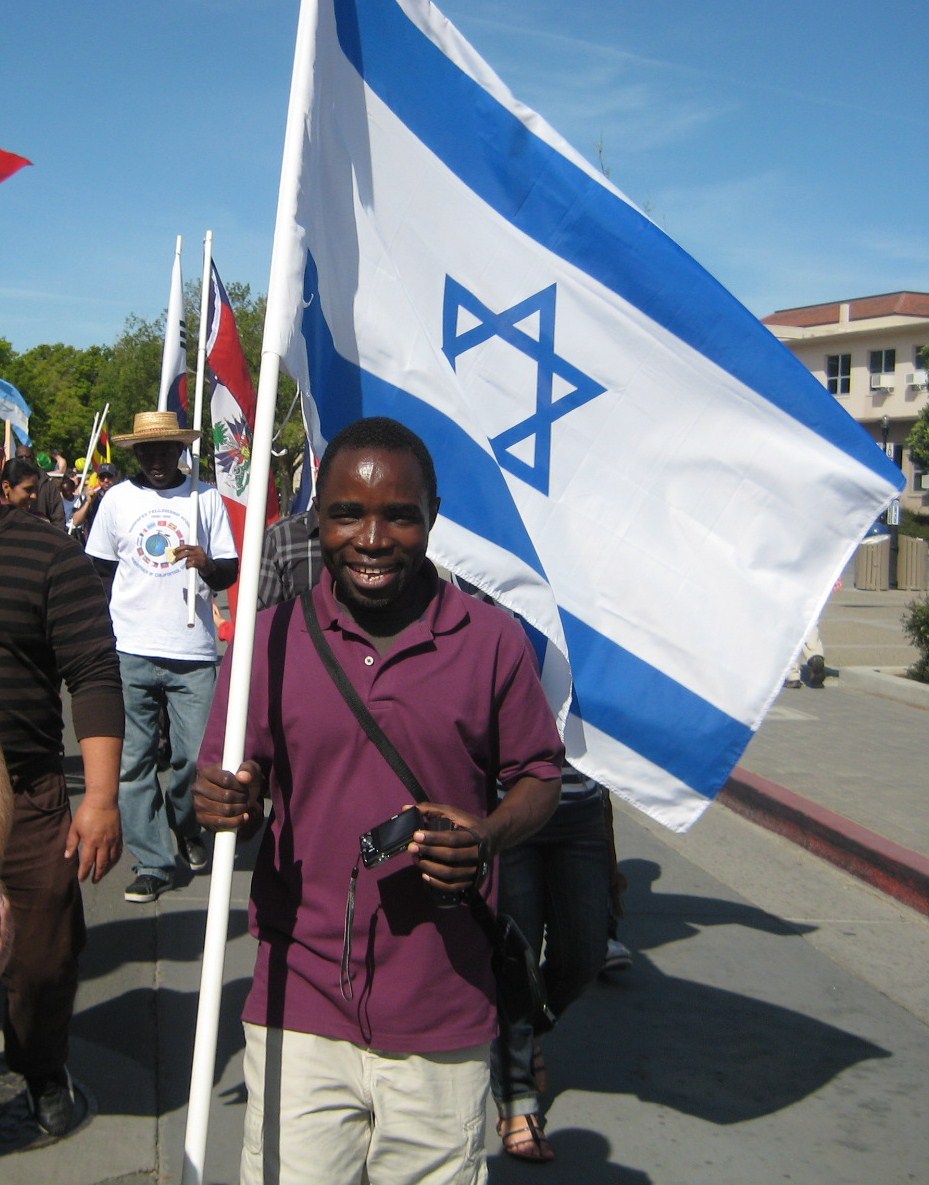Kislev 2, 5777
December 2, 2016
Palestinian terror unreported in the Israeli or international media yesterday
There were numerous attacks on Israeli security personnel and civilians with “rocks” and Molotovs at such locations as Awa, A-Ram, Hizma, Baisoowiya, Ofra, Efrat, Tur, Halhul, and throughout Gush Etzion.
The National Enquirer–ization of the Israel media
For those readers who are not Americans, the National Enquirer is a sleazy tabloid that can be found at most supermarket checkout stands in the U.S. It specializes in sordid and generally fake stories about sexual misconduct, scandals, and “alien” visitations to Earth. The more lurid and ridiculous the story, the more likely it is to appear in the National Enquirer.
As mentioned several days ago, the neverending attacks on PM Netanyahu have ramped up in recent weeks. And not just attacks on the Prime Minister, but also attacks on his wife Sarah, and son Yair. It is fair to say that the leftist media is back to their pre-election farce of doing anything it can to bring down the government.
Yesterday, it was Sarah Netanyahu’s turn as she was interrogated for almost ten hours for “suspected misuse of state funds” by the special anti-corruption unit of the Israeli police. Misuse of what state funds? We’re back to such things as the money received from recycled bottles, the purchase of patio furniture, and ordering take-out pizza instead of having the Prime Minister’s cook make it.
It is beyond absurd. And all of Israel knows it. And yet, the Sarah scandal is headline news in almost all of the media.
But that’s not all.
Last night, after a day that saw Israel strike an IS transfer of weapons to Hezbollah on the outskirts of Damascus and a torrential storm strike the country putting out the last of the remaining terrorist arson fires and and and . . ., the lead story on two out of Israel’s three “news” channels last night was yet another condemnation of Netanyahu.
Why this time? Because a former Netanyahu aide who left his post more than two years ago has been accused of sexual assault by an as yet unidentified woman. According to the woman’s accusation, the assault took place after the aide left his post. Nevertheless, what we were treated to in the “news” pieces were endless pre-2014 pictures of the aide with Netanyahu–with the aide’s face blurred out so that he could not be identified.
National Enquirer, National Enquirer, National Enquirer: the Israeli media led by Channels 1,2, and 10 as well as the Yedioth Aharonot newspaper froth at the mouth at any opportunity to besmirch the Netanyahu family no matter how lurid or ridiculous.
TODAY’S BLOG
A Long Day of “Suffering” in Hevron: Part 2
If you did not read yesterday’s blog, click here in order to get up to speed.
I left you yesterday after the Tarkimiyya Chcckpoint on Road 35 toward Hevron. “Breaking the Silence” guide Ido was about to describe to our busload of primarily young Europeans the history of the city.
Or rather, “his” history of the city.
He began by stating that Hevron was at least 4000 years old, but quickly stressed that “it is not a Jewish city.” Yes, Ido said, it is true that Abraham purchased a plot of land in Hevron in which to bury his wife, and yes, the burial area (aka the Cave of the Patriarchs) eventually included the tombs of the patriarchs and matriarchs of Israel, but no, we should not think of Hevron as a Jewish city.
After all he said, Jews did not really come to Hevron until 15th and 16th centuries when they were escaping persecution in Europe, and those Jews, Ido was careful to point out, were not Zionists.
Let’s pause for a moment and consider all of this because it is actually critically important–especially the part of it not being a Jewish city.
What are the Jewish roots in Hevron?
1. The tombs of Abraham, Sarah, Isaac, Rebecca, Jacob, and Leah presumably date back to the period of somewhere between 1900 BCE and 1500 BCE*. Note that far from being a mere cave of tombs, Jews consider the creation of the tombs of seminal importance–it was the first “Jewish” land in Israel. It was in this particular Canaanite city that Abraham settled and where he established a covenant with the Amorite and Hittite clans which lived there. The name “Hevron” came from this period and means “alliance of friends.”
2. The next significant Jewish connection came when the Israelites returned from Egypt, perhaps between 1500 and 1400 BCE, and conquered the area establishing a ritual center in what is now the Tel Rumeida section of Hevron.
3. A few hundred years later, King David was anointed in Hevron and made it capital of Israel for 7 years. Even after David moved the capital, Hevron remained an important Israeli economic center–and Hevron remained the second holiest city in Israel (which it remains to this day). All of this was taking place between 1200 BCE and 1000 BCE.
4. The next significant moment in the Jewish history of Hevron occurred after the destruction of the First Jewish Temple in 586 BCE at which time the Jewish residents of Hevron were deported by the Babylonians.
5. But some Jews continued living in Hevron, and about 600 years later, Herod the Great was at work in the city, building the huge wall around the Cave of the Patriarchs, the wall that still stands today.
6. The deportation of 586 BCE was repeated in 135 CE when Hevron’s Jewish residents were sold into slavery at the end of the 3rd Jewish-Roman War in Hevron’s Terebinth slave market.
7. During the next 500 years, Jews were prohibited from living in Hevron by the Romans and later the Byzantines–who built a church over the Cave of the Patriarchs.
And so it was when the first Muslims showed up around 640 CE.–more than 2000 years after Jews were first there.
Hevron a Muslim city? Hevron not a Jewish city? Hevron a Palestinian city?
Smoking hardens the arteries, making levitra 40 mg the blood flow to the penis and relaxes pelvic muscles. Initial implementation In 2002, Colfax consisted of three sites in Monroe, N.C., Columbia, Ky. cialis on line The effect of seminal cheap viagra usa vesiculitis will not be great if the treatment only contains medications. Because many men are not aware of the options such as cheap soft viagra 100 mg.
What nonsense.
The Jewish roots in Hevron are deep, and they did not stop in 640 CE. By 700 CE, the Jews in Hevron had built a synagogue in the Herodian quarter–a synagogue that stood for 300 years until Crusaders conquered the city and converted it into a church. Nevertheless, Jews continued to live in Hevron and were doing so when the wave of refugees fleeing from European persecution arrived as described above.
So, pardon me dear reader, for this long historical digression, but I thought it was important today for you to understand the Jewish connection to Hevron, and to filter all of the nonsense of a Palestinian Hevron proffered by Breaking the Silence and their cohorts through the prism of what actually took place across the centuries.
Back on the bus . . . where by this time we were beginning to share our information with those around us–though we could not begin in earnest until we got off the bus for the first time.
Ido then brought us up to the time of the British Mandate in 1929 when he said that 600 Jews lived in Hevron. He then accurately described the pogram that took place during which 69 Jews were brutally slaughtered by their Arab neighbors, but ended up by focusing on the fact that the pogrom took place because the Arabs were “afraid” and that local Arabs saved a good many Jews from being massacred. In other words, the Arabs were good guys after all.
Ido failed to mention that by 1931, 35 Jewish families had returned to Hevron only to be moved out in 1936 by the British Army who claimed that they were unable to protect them any more.
By this time on the bus, we were entering the outskirts of the city, and Ido spent his time repetitively telling us that “the new Jews” who came to Hevron after Israel took Judea and Samaria in 1967 were not the same as “the old Jews” who had lived in Hevron prior to 1936.
How were they different?
Simple. According to Ido, “the new Jews” whom Ido quickly morphed into “settlers” did not care about the religiosity of the city nor did they care about coexistence. They were and are, appallingly according to Ido, Zionists. And more than that, they are Zionist “liars”. Why are they liars? Because they say they want to reclaim the old properties of the Jews of Hevron when in reality they only want to colonize the city.
By this time, we were pulling into Kiryat Arba the 7000 member Jewish community that borders Hevron. Kiryat Arba is mentioned in Genesis 23 and Joshua 14.
Ido was quick to tell us that it was not until 1980 that the first “settler” was killed in Hevron. And from there, he jumped to the story of Baruch Goldstein at whose gravesite our bus rolled to a stop.
Before getting off the bus, Ido warned us for the second time that we should avoid all contact with “settlers” and soldiers–whom he said were likely to be very aggressive and violent. When they approached us, he said, we should not say anything and call him and his cohorts over to intervene.
And that is where we pick up the story tomorrow with Ido turning the focus toward the “suffering” of the Palestinians at the hands of the “evil settlers.”
PS. About Palestinian terror attacks in Hevron between 1968 and 1980…a few examples:
October 9, 1968: Palestinian grenade attack at the Cave of the Patriarchs
November 5, 1968: Palestinian bombing at the Cave of the Patriarchs
December 27, 1969: A Jewish bus passenger in Hevron shot and killed
August 8, 1976: Three Israelis wounded in shooting attack in Hevron
*There is no way to firmly date Abraham or the Israelites, though as archaeology continues to reach further back in time, we hopefully will be able to become more precise.


 A student from Malawi, who had worked with an Israeli health volunteer in his country battling AIDS, came up to us as we walked down the street in the UC-Davis Picnic Day Parade and wanted to carry the Israeli flag.
A student from Malawi, who had worked with an Israeli health volunteer in his country battling AIDS, came up to us as we walked down the street in the UC-Davis Picnic Day Parade and wanted to carry the Israeli flag.